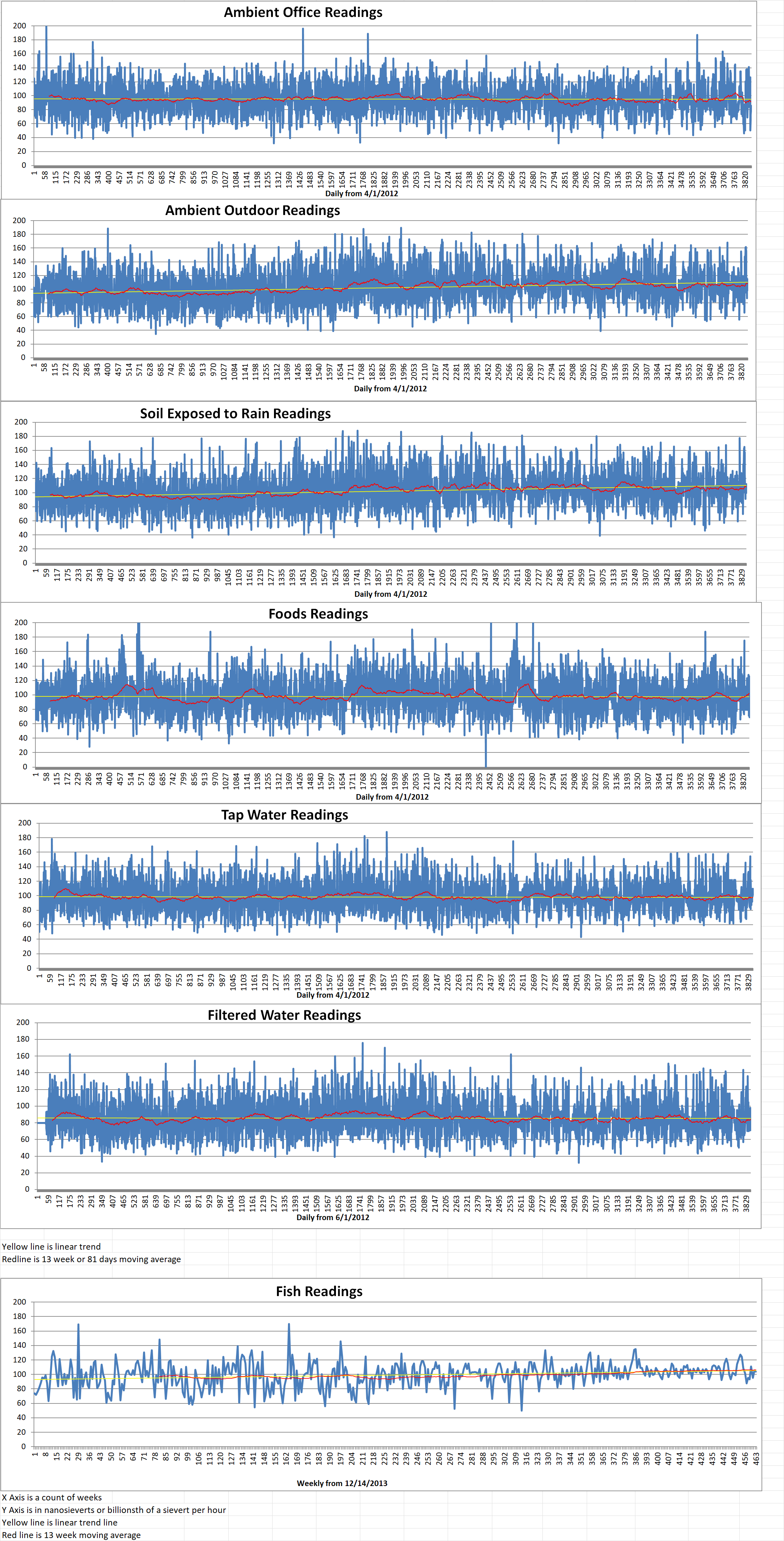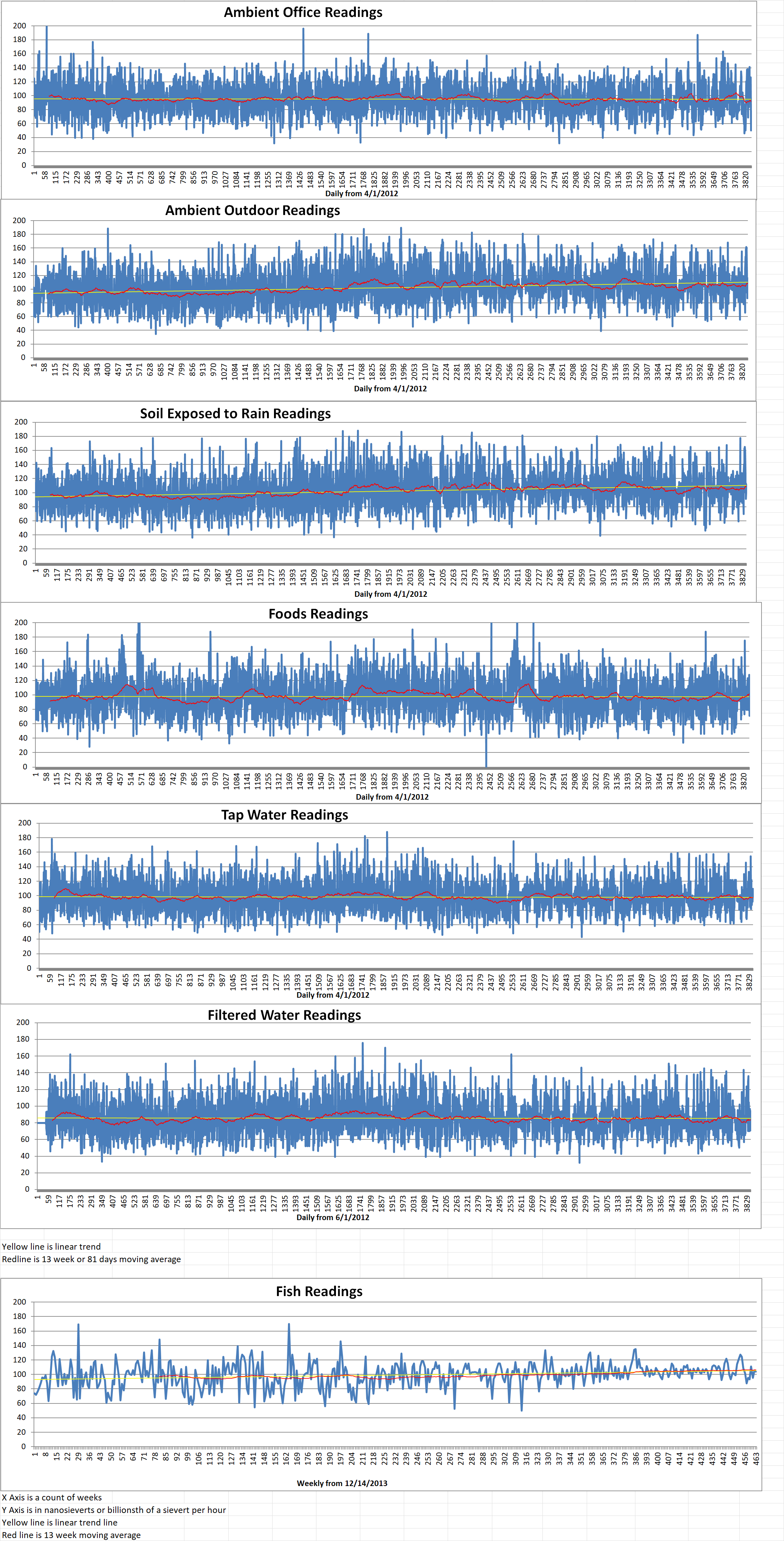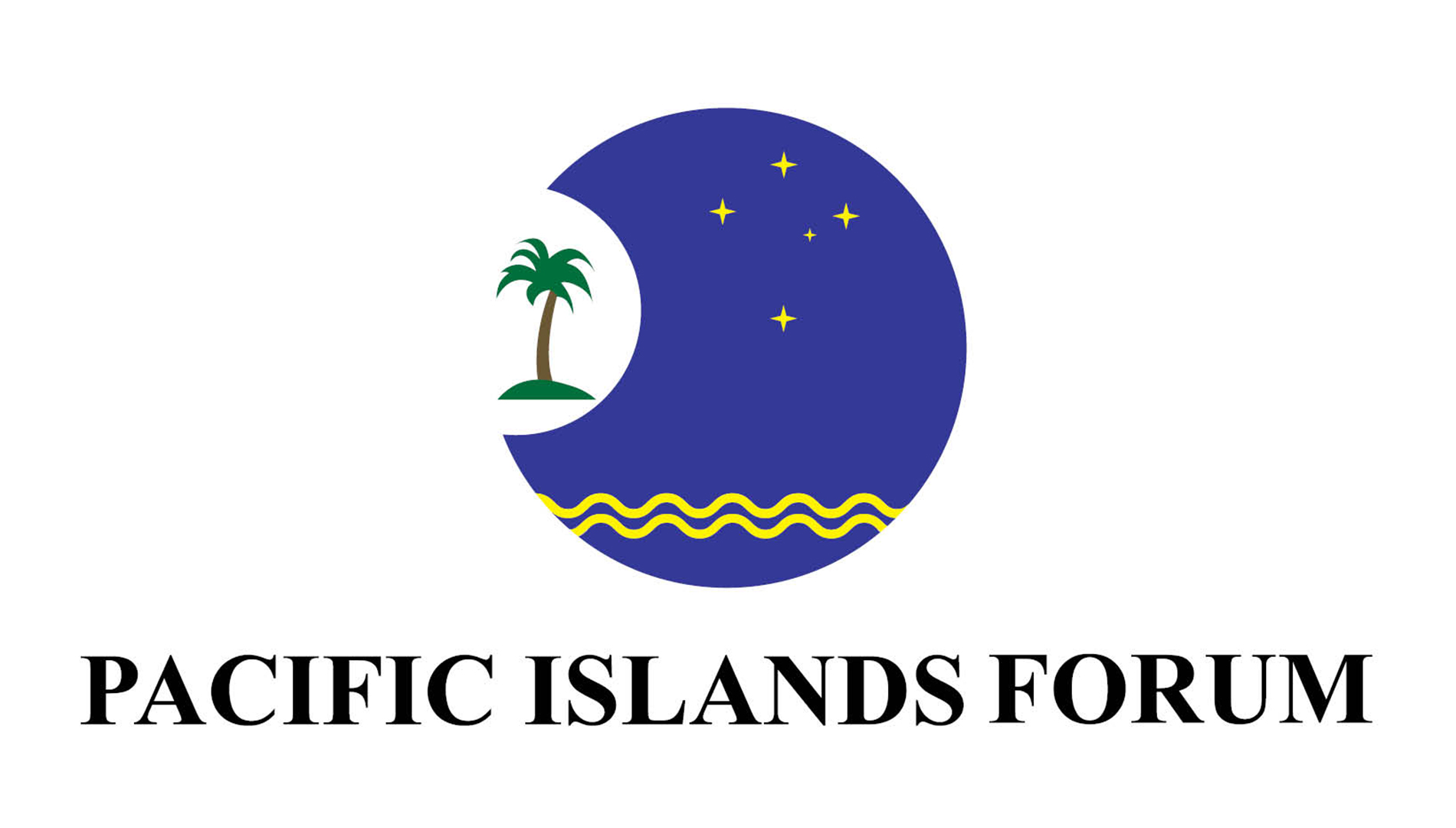Blog
-

Geiger Readings for Jan 17, 2023
Ambient office = 78 nanosieverts per hour
Ambient outside = 109 nanosieverts per hour
Soil exposed to rain water = 112 nanosieverts per hour
Blueberry from Central Market = 69 nanosieverts per hour
Tap water = 102 nanosieverts per hour
Filter water = 77 nanosieverts per hour
-

Radioactive Waste 886 – Residents Of New Mexico Reluctant To Accept Interim Storage Facility For Spent Nuclear Fuel – Part 1 of 2 Parts
Part 1 of 2 Parts
A recent poll was conducted in New Mexico to find out how residents feel about storing high-level waste in their state. A New Jersey company hoped to construct a facility to do so near Carlsbad. The results of the poll clearly showed that residents in all parts of the state oppose such a project.
The poll was commissioned by the Southwest Research and Information Center in collaboration with the Center for Civic Policy. Just over a thousand voters across the state were questioned from December 7th to 14th. Sixty percent of those surveyed were in opposition to the project. Thirty percent supported it, and ten percent were undecided.
In 2017, Holtec International applied for a license from the Nuclear Regulatory Commission (NRC) to construct and operate what it referred to as a consolidated interim storage facility (CISF) in a remote part of N.M. near the boarder of Eddy and Lea counties. Last year, the NRC released its final environmental impact statement (EIS), stating that the planned project would have little impact on the environment and recommending that the license be issued.
The CISF would temporarily store up to one hundred thousand metric tons of spent nuclear fuel rods. The rods would be brought into the site via rail from nuclear power plants around the U.S. through a forty-year license with the NRC.
The one thousand acre plot of land where the facility would be constructed was owned by the Eddy-Lea Energy Alliance which is a consortium of local leaders from the cities of Carlsbad and Hobbs, and Eddy and Lea counties. The Alliance recruited Holtec and established a revenue-sharing agreement with the company that would go into effect once the CIFS goes into operation. Despite the results of the recent poll, Holtec officials argued that the project was largely supported by N.M. Spokesman Gerges Scott said that Holtec representative had discussed the project with local governments throughout the state.
Ed Mayer is the Holtec Manager of the CISF. He said that the company had adequate support for the project following meetings that he and other representatives held with local leaders and first responders around the site and along the rail lines that lead to the site.
He added that, “We are educating the affected populations, not only from the facility perspective in southeast New Mexico, but from a state perspective on the rail lines. They asked very thoughtful questions on the project and how the project would positively or negatively affect their communities. I’m able to address all of their concerns.”
Leaders from four southeast N.M. governments support the project. They argued that it would bring economic diversity to the oil-and-gas-dependent Permian Basin region.
Dale Janway is the Mayor of Carlsbad. He supports the project, arguing that the poll appeared biased against Holtec’s proposal after the city’s initial review. He issued a statement that said, “Our preliminary review of this survey certainly indicates that it was highly biased and not an objective method of obtaining feedback.” Mayer questioned the poll’s questions. He was specifically concerned with a section that read, “Experts predict that up to 13 accidents will occur during 10,000 rail shipments.”
Please read Part 2 next -
Nuclear News Roundup Jan 16, 2023
Enusa and Westinghouse VVER-440 fuel collaboration world-nuclear-news.org
Study Reveals the Best Place to Stand in Your House During a Nuclear Attack popularmechanics.com
Nuclear weapons a game changer in regional conflicts i24news.tv
First nuclear-powered data center at Susquehanna completed world-nuclear-news.org
-

Geiger Readings for Jan 16, 2023
Ambient office = 86 nanosieverts per hour
Ambient outside = 99 nanosieverts per hour
Soil exposed to rain water = 99 nanosieverts per hour
Avocado from Central Market = 126 nanosieverts per hour
Tap water = 108 nanosieverts per hour
Filter water = 79 nanosieverts per hour
-
Nuclear News Roundup Jan 15, 2023
French nuclear, hydropower availability down 12% as strike gets under way marketescreener.com
Krško extension approved, after environmental impact assessment world-nuclear-news.org
NANO Nuclear Energy financialbuzz.com
Energy start-up is next stage for Mochovce 3 launch world-nuclear-news.org
-

Geiger Readings for Jan 15, 2023
Ambient office = 80 nanosieverts per hour
Ambient outside = 109 nanosieverts per hour
Soil exposed to rain water = 104 nanosieverts per hour
Tomato from Central Market = 82 nanosieverts per hour
Tap water = 109 nanosieverts per hour
Filter water = 98 nanosieverts per hour
-
Nuclear News Roundup Jan 14, 2023
Israel has 3 plans to ‘neutralize’ Iran’s nuclear program – army chief i24news.tv
Korean nuclear suppliers team up for export drive world-nuclear-news.org
Decades-old nuclear bomb set to be disposed at Kirtland Air Force Base krqe.com
Slovenia to start building nuclear waste disposal site in 2023 – report seenews.com
-

Geiger Readings for Jan 14, 2023
Ambient office = 73 nanosieverts per hour
Ambient outside = 115 nanosieverts per hour
Soil exposed to rain water = 111 nanosieverts per hour
Shallots from Central Market = 71 nanosieverts per hour
Tap water = 99 nanosieverts per hour
Filter water = 71 nanosieverts per hour
Dover Sole from Central = 104 nanosieverts per hour
-

Radioactive Waste 885 – Pacific Islands Forum Is Concerned About Japanese Plans To Dump Wastewater From Fukushima Into The Pacific Ocean – Part 2 of 2 Parts
Part 2 of 2 Parts (Please read Part 1 first)
There are twenty-one current partners in the Forum Dialogue Partnership program. It was established by Forum leaders in 1989 to invite selected countries outside of the Pacific Islands region with significant cooperation and engagement and political or economic interests, to take part in a dialogue with Forum Leaders. Other Partners include the U.S., China, the U.K., France and the European Union.
There are six criteria which must be met in order for Japan to maintain their membership in the Pacific Islands Forum Dialogue Partnership program. When he was questioned about whether Japan meets all of the criteria, Henry Puna supplied some insights into what Forum leaders thought about it.
One issue that was raised was whether or not Japan’s actions to date with respect to this nuclear issue and the conversations that have taken place indicate that they have dedicated support for the sustainable and resilient development of the Pacific region. Some critics of Japan say that the dumping they are proposing is totally at odds with that commitment.
Another issue of concern is whether Japan’s position on the release date of treated nuclear wastewater is a shared interest and common position that supports foreign priorities? Puna said that that is really a decision that their leaders must make. He said that we can only advise leaders. However, any ultimate decision is to be made at the leaders’ level.
Puna was asked whether or not Japan was on the edge of being expelled from the Partnership program. He said that such an action was an option for the leaders to take. Other countries have been removed from the program in the past. While France was continuing with their nuclear testing in the Mururoa atoll, they were actually suspended as Dialogue partners.
Puna was asked what Japan had to do to keep their seat in the Dialogue Partnership program. He said that this situation was an excellent test of Japan’s sincerity and commitment to the Pacific. He stated that the Forum was not asking for Japan to cancel the discharge of the wastewater. However, the Forum was asking that the discharge be deferred until such time as all relevant information and data was provided to our panel of experts.
On the question of whether the issues was going to be raised at the next Pacific Islands Forum meeting, Puna replied that it was going to depend on the events of the next couple of months.
The U.S. National Association of Marine Laboratories (NAML) is an organization of more than one hundred laboratories. They have expressed their opposition in a recent paper. They say that there is a lack of adequate and accurate scientific data supporting Japan’s assertion of safety. There was an abundance of data supporting serious concerns about releasing radioactively contaminated water.
The NAML has called on the Government of Japan and International Atomic Energy Agency scientists to more fully and adequately consider the options recommended by the Pacific Island Forum’s Expert Panel.
